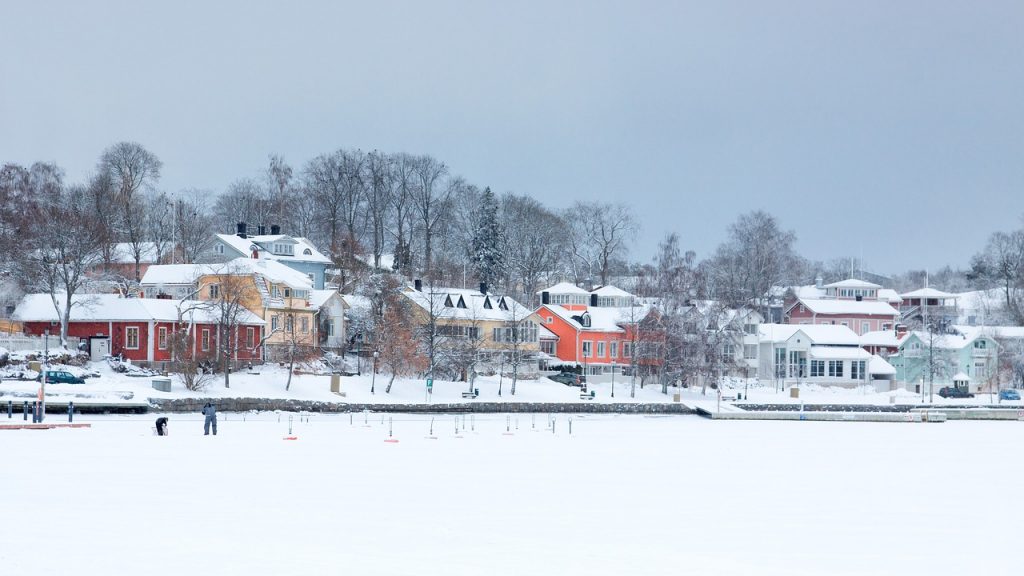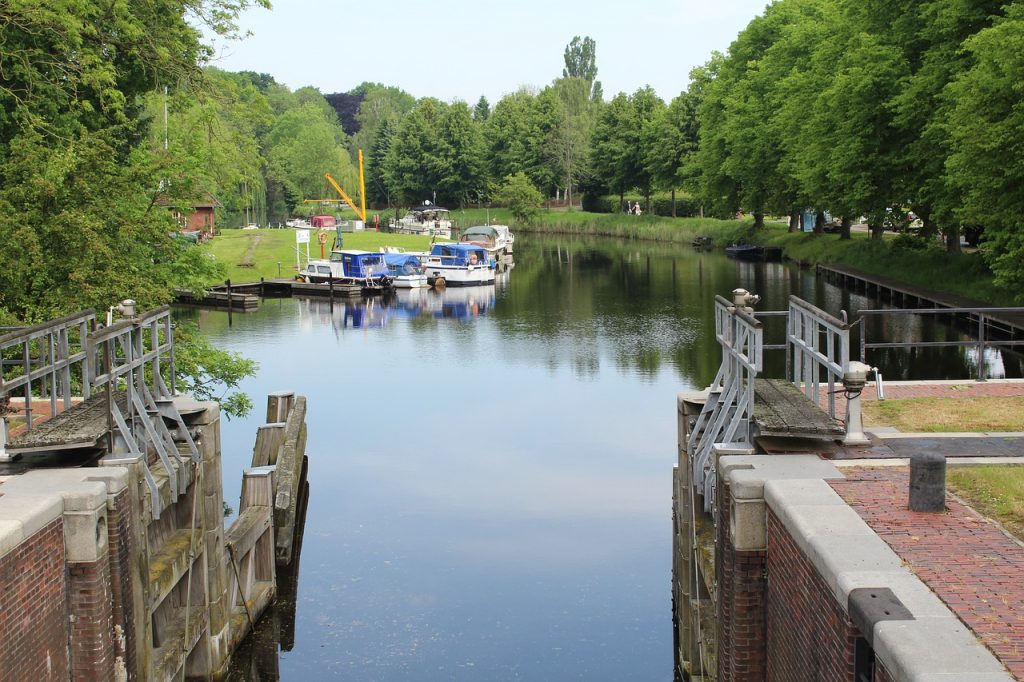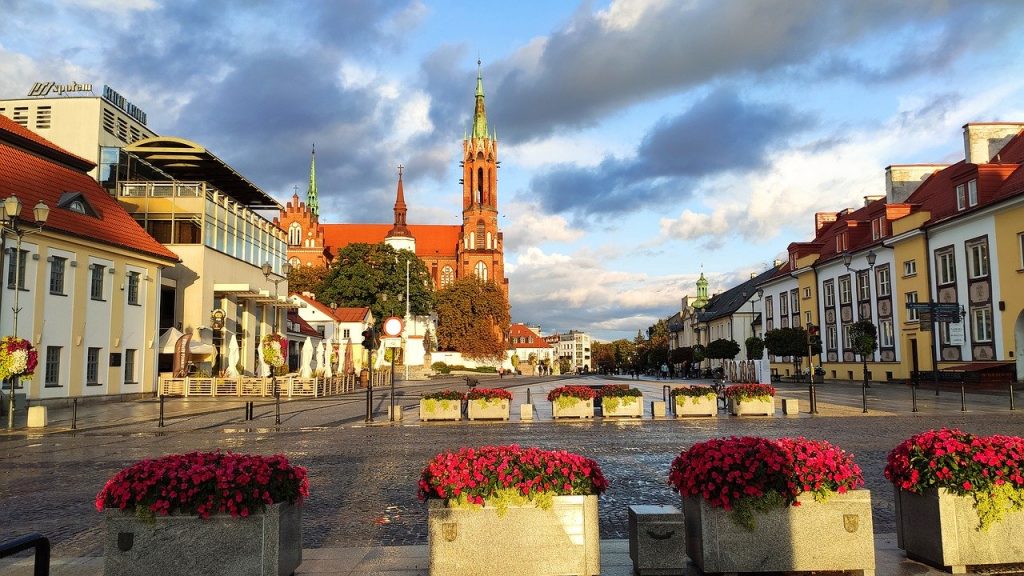HISTORY
Zawieprzyce has a history dating back to the sixteenth century. Probably already at that time there was a defensive castle, founded on a magnificent hill at the fork of the Bystrzyca and Wieprz rivers. He served defensive functions. He belonged to the Zawieprski family of the Janina coat of arms. The next owner of Zawieprzyce was Adankt Ciecierski from Ciecierzyn – Drohnicki ensign, from 1611 Jan Firlej – Wojnicz castellan, and from 1626 Józef Gorayski – Lublin staroste who sold the castle together with Wólka Zawieprzycka Miączyński, coat of arms Suchekomnaty. By connecting several nearby farms of Atanazy, Miączyński will create the Zawieprski key with the residence in Zawieprzyce. In the years 1674–1679, according to the plans of Tylman of Gameren, a magnificent baroque palace was built in the place of the old castle. In 1794, the Miączyński family sold the estate to Aleksander Morski, and in 1818 it became the property of a senator of the Kingdom of Poland and voivode Antoni Ostrowski. From 1838, after the castle fire, its residential function was taken over by the outbuilding and then by the estate’s tenant’s court. The last owner was Jan Krystyn Ostrowski. After the war, on the basis of the PKWN decree of 1944, the State Treasury became the owner of the property.
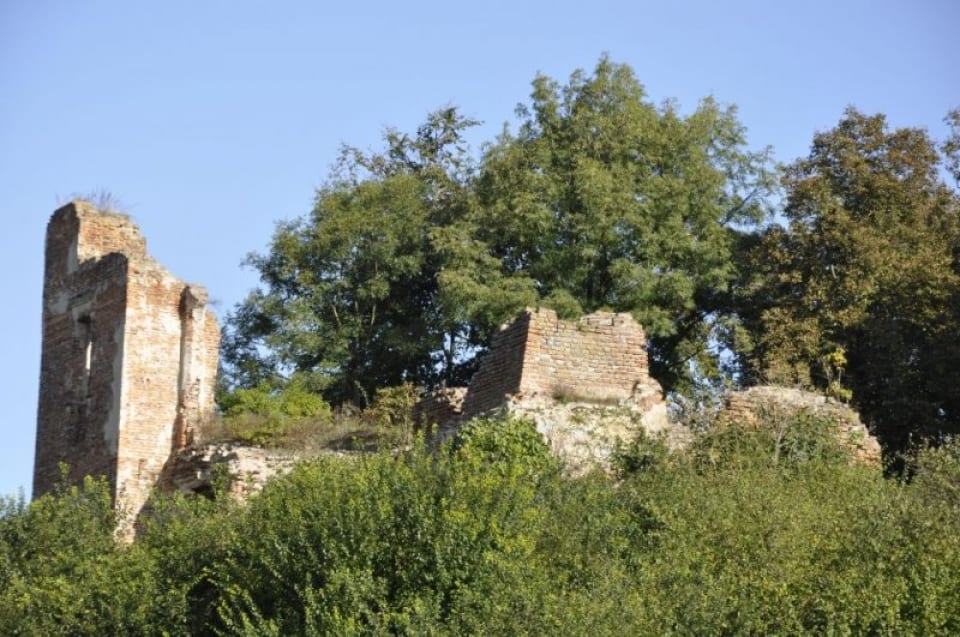
Two known historical figures are associated with the history of the castle: Jan III Sobieski, who was friends with Atanazy Miączyński, as well as Maria Skłodowska-Curie. At the turn of the 19th and 20th centuries, Ksawery Skłodowski – the cousin of Maria’s grandfather, Józef, who was the headmaster of the Lublin junior high school in 1851-1862, managed the estate in Zawieprzyce and hosted the future Nobel Prize winner during the holidays.
WORTH SEEING:
The intimate palace and park complex in Zawieprzyce is a real tourist pearl of the Lake District. This is where the Magic Places tourist trail begins – a journey through the most interesting places of the Łęczna poviat. This place is the destination of family car, bicycle and kayaking trips. The picturesque castle hill with interesting monuments, a mysterious legend, a historical picnic attract tourists all year round. The Nadwieprzańskie Horyzonty Foundation and the Nadwieprzańska Chorągiew Suchekomnaty, which has its headquarters in Zawieprzyce, offer tourists numerous attractions: a historical exhibition in a lame house, a tour of the palace and park with a guide, cyclical exhibitions and lectures, and for organized groups an attractive stay, integration games and games.
See the panorama of the palace and park complex in Zawieprzyce – Go
Mound with a cross
The impressive column from the 17th century, located at the entrance to the castle hill, was crowned with a cast iron cross. Together with the church in Kijany, they are probably a vote of gratitude of one of the castle owners – Atanazy Miączyński, for the happy return from the Viennese relief. According to the Miączyński family tradition, Athanasius banners won Kara Mustafa tents. Both Jan III Sobieski and his successor August II liked him very much.
Baroque outbuilding
Located on a high terrace hill, it was built in the 18th century. At the end of the 18th century, the Vetter family factory was located here. Until the end of the 19th century, the building served as a distillery. Currently, it houses the Primary School Maria Skłodowska-Curie in Zawieprzyce, built on the walls of an old outbuilding in 1956–1959.
Entrance gate, stable
The baroque entrance gate was erected at the end of the 17th or early 17th century. At the beginning of the 19th century, when the owners of Zawieprzyce became Ostrowscy, the palace was surrounded by a high wall with arcades. A stable from the early 19th century is also part of the fence.
Granary
It was erected at the same time as the castle (17th century). Initially there was an armory, later a treasury. Next to the storehouse there was once the so-called “Skłodowscy’s manor”. The manor house was built for the tenant of the estate, after a fire in the palace in 1838. In the years 1862–1911 this function was performed by members of the Skłodowski family, first Ksawery, cousin’s brother of the famous Nobel laureate, and later his son – Bolesław. Ksawery Skłodowski specialized in breeding racehorse horses. In 1883, Marysia Skłodowska spent one of her carefree, youthful holidays. In Kijany, at the parish cemetery there is a family tomb of the Skłodowskis today, and in the church an epitaph in honor of Ksawery Skłodowski. Currently, it houses the Museum of the Times of Jan III Sobieski and the seat of the Castle Banner in Zawieprzyce.
The ruins of the palace
The ruins visible on the hill are the remains of a baroque palace erected in the 17th century on the site of the old castle by Atanazy Miączyński. The palace was built according to the design of Tylman of Gameren. We can only learn about old palace today from old documents.
Chapel St. Antoni Padewski
The baroque chapel was designed by Tylman of Gameren and erected in the 17th century. It is the best preserved building in the palace and park complex. The dome has a baroque polychrome depicting the scene of the final court, which was created during the renovation of the chapel in 1723–1748. The approach and subject matter are characteristic of the Counter-Reformation period. The painting is probably modeled on the fresco that decorates the vault of the Tyszkiewicz’s chapel in Lublin’s Dominican church in Lublin. The chapel contains valuable paintings from the beginning of the 18th century presenting: St. Peter, Saint. Maria Magdalena and Saint. Rozalia.
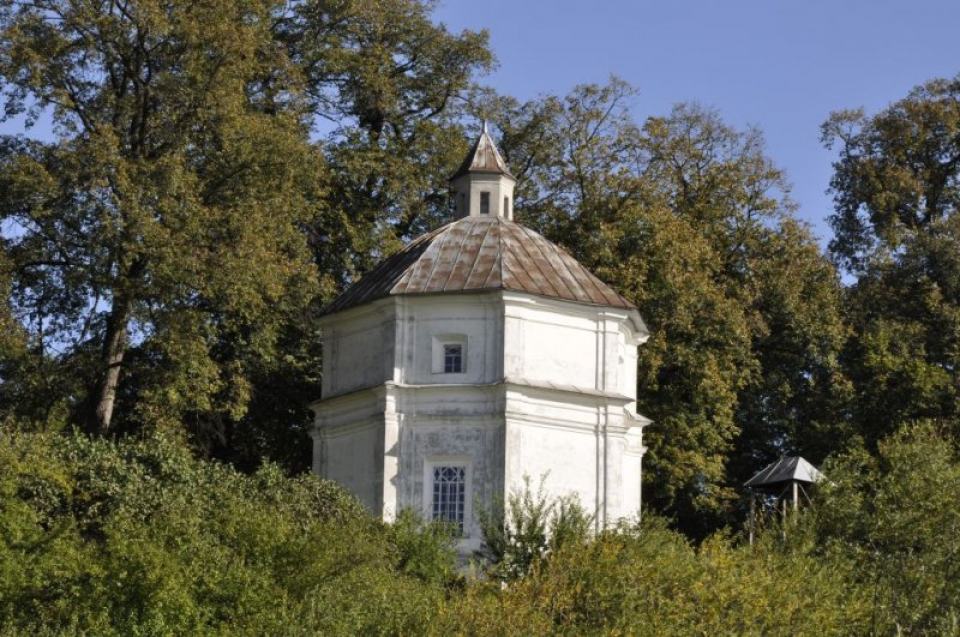
Linden of Sobieski
There was once a regular Italian garden in Zawieprzyce, modeled on the garden at the Sobieski Palace in Wilanów. Today, not much has survived from the beautiful park setting. All nature monuments were destroyed, and in 1977, as a result of a lightning strike, a huge linden collapsed, called “Sobieski’s linden”. It had a circumference of about 7 m. Fortunately, from the shoots grown from her trunk managed to grow a new tree.
Orangery
The Classicist conservatory (orangery) was built at the beginning of the 19th century by the Ostrowski family.
LEGEND ZAWIEPRZYCKA
Zawieprzycki Castle is the resting place of a tragic pair of lovers walled up by Castellan Granowski. This is a fictional character created by Aleksander Bronikowski, but the model to describe it was probably the owner of the castle Atanazy Miączyński, who earned not only participation in the Vienna expedition of King Jan III Sobieski, but also impetuous character in relation to his subjects. Bronikowski presents him as a fierce castellan who uses imported Turkish prisoners for heavy construction works in the castle. Among them was the daughter of a Greek prince and her fiance. Her beauty caught the attention of the cruel man, but he failed to win her heart. A Greek painter, a Greek painter, came to help the prisoners. He was supposed to create a fresco on the dome of the chapel showing Granowski’s last journey to heaven. The artist agreed on the condition that no one would see his work before completion. He worked on the painting for many days and nights, simultaneously preparing an escape route. Unfortunately, an elaborately prepared plan was discovered. Granowski ordered to wall the lovers alive in the narrow niches of the castle. And after his servant discovered that the painter faithfully depicted the fate of the prisoners, as well as Granowski’s deserved passion in one of the infernal scenes of the Last Judgment, also the loving brother shared the fate of the princess. When the sentence was finished, bloody rays of sunlight illuminated the place of execution. From then on, at dusk, terrifying phenomena appeared on the tragic wall every day not only persecuting Granowski and his descendants, but also other inhabitants of the castle.
The article comes from the portal: http://www.turystyka-pojezierze.pl/
